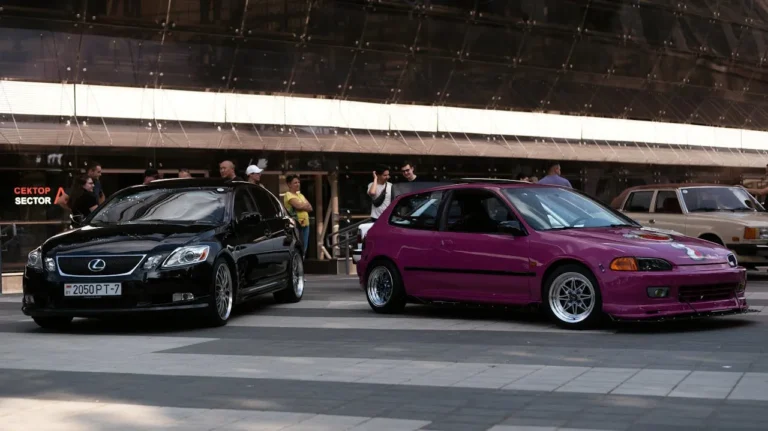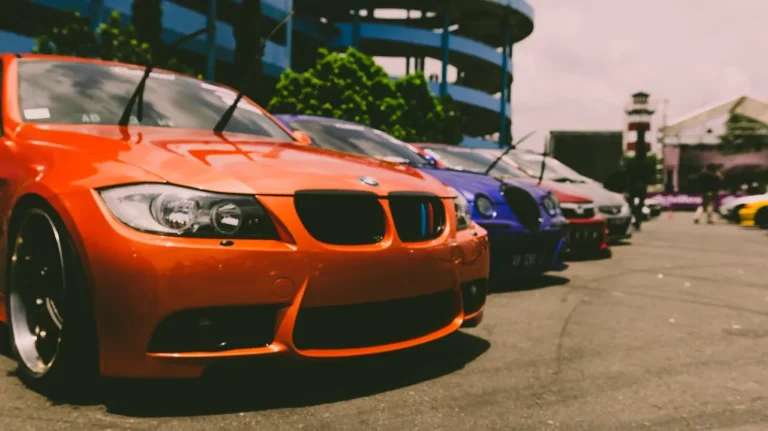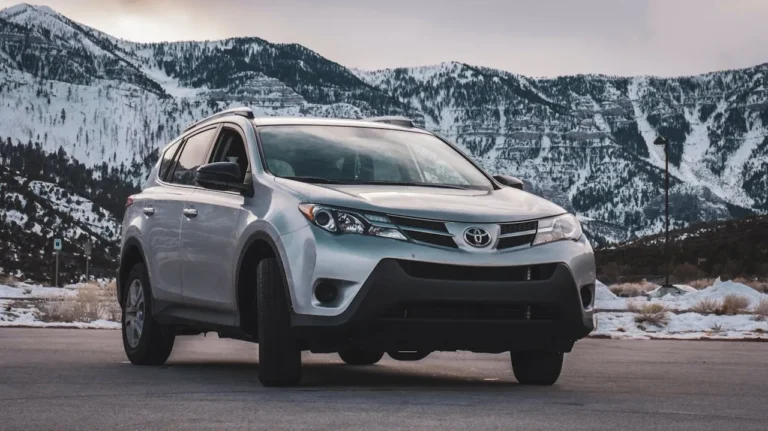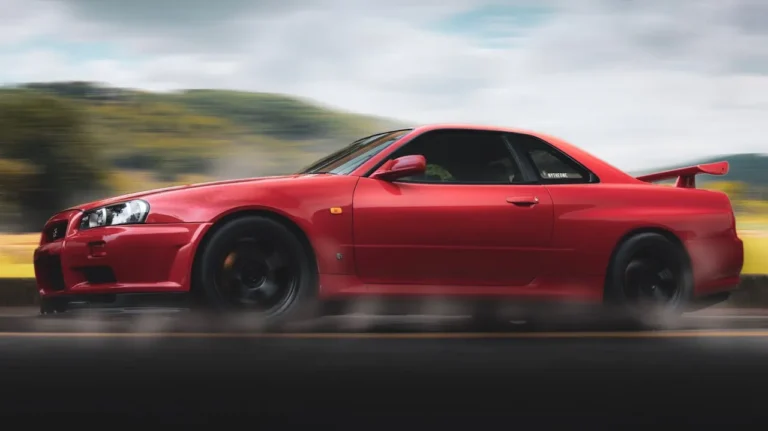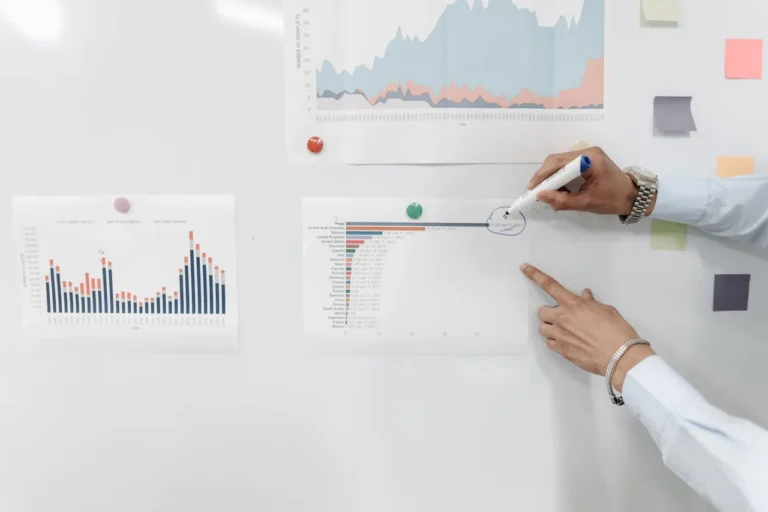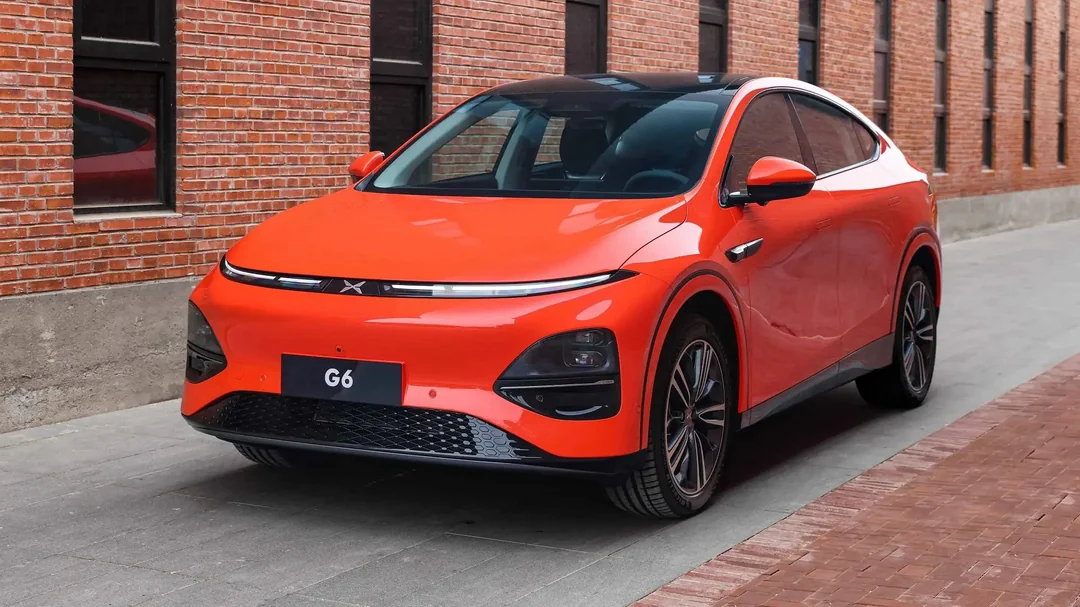
XPENG has opened a new chapter in its European adventure, flinging the doors wide on customer reservations for two fully re‑engineered flagships: the ultra‑smart coupe‑style G6 SUV and the larger, luxury‑oriented G9 SUV. Both vehicles represent sweeping redesigns rather than gentle mid‑cycle refreshes. Every major system—battery, power electronics, interior architecture, connectivity, and active safety—has been rebuilt around XPENG’s latest 800‑volt platform and AI‑centric software stack. The result is a pair of next‑generation electric SUVs that promise super‑fast charging, sports‑car‑level dynamics, and a living‑room‑like cabin experience, all tuned for Europe’s discerning EV buyers.
An 800‑Volt Blueprint for Rapid Refuelling
At the heart of both newcomers is XPENG’s next‑generation, full‑domain 800‑volt electrical architecture. Most rivals still operate at 400 V, which limits maximum charging current. By doubling the system voltage, XPENG slashes resistance, reduces heat losses, and, crucially, enables its industry‑leading 5C Supercharging AI Battery to accept far higher power peaks. On a suitable 800‑V public charger, the G6 can surge from 10 % to 80 % state‑of‑charge in just 12 minutes, pulling up to 451 kW. The larger‑capacity G9 does the same sprint in the same timeframe while peaking at an extraordinary 525 kW. For road‑trippers, that translates to a coffee‑break recharge instead of a sit‑down lunch.
Both SUVs rely on a new generation of lithium‑iron‑phosphate (LFP) cells that eliminate nickel and cobalt—critical minerals associated with volatile price swings and challenging supply chains. Beyond the sustainability benefit, LFP chemistry is renowned for long cycle life and better thermal stability. XPENG couples these cells to an active liquid‑cooling and heat‑pump conditioning circuit that maintains optimal battery temperature whether the thermometer reads –20 °C or +40 °C. In cold climates, an in‑house “Heat Boost” algorithm channels waste heat from the power electronics to warm cabin and pack simultaneously, trimming winter range losses.
Range Without Anxiety
Charge speed is only half the freedom equation; the other half is outright range. In rear‑wheel‑drive Long Range trim, the G6 posts up to 535 km on the WLTP cycle, while its bigger G9 stablemate stretches to 585 km. Those figures arise from a multi‑pronged efficiency programme: ultra‑low‑drag bodywork, silicon‑carbide inverter modules, second‑generation hairpin motors, and a predictive energy‑management algorithm linked to real‑time navigation data. All‑wheel‑drive Performance variants trade a slice of range for a dramatic power bump, but still cruise comfortably beyond 500 km between top‑ups.
Safety Engineered to Extreme Limits
XPENG’s engineers did not stop at speed and range; they obsessed over crash survivability. The battery pack is sandwiched within a “4‑3‑4” multi‑load‑path frame that disperses impact forces through four longitudinal rails, three cross‑car beams, and four lateral sills. Pack casings employ ballistic‑grade aluminium alloy capable of shrugging off 80 tons of side‑crush force and temperatures above 1 000 °C. Internal separators and foam fillers mitigate thermal propagation, while new cell chemistry slows down runaway reactions. Thanks to these measures, XPENG expects both SUVs to secure five stars under Euro NCAP’s new 2026 protocols, which introduce tougher far‑side impact and child‑presence detection criteria.
G6: A Sleek Coupé With Practical Genes
Measuring 4 758 mm long, 1 920 mm wide, and 1 650 mm tall, the G6 aims squarely at Europe’s mid‑size premium‑EV sweet spot, matching the footprint of the Tesla Model Y while promising class‑leading headroom. A more aggressive “ducktail” rear spoiler elongates the silhouette by 5 mm, boosting aero stability. Up front, a new 1 942‑mm Starlight Wing LED strip doubles as animated turn signals, while body‑colour wheel‑arch extensions trade ruggedness for a sculpted, urban stance.
Slip inside and the coupé theme gives way to a lounge aesthetic. Laminated acoustic glass, suede‑effect headliners, and open‑pore wood inlays cocoon occupants in tactile quality. A newly contoured steering wheel integrates capacitive shortcuts, and the upgraded 9‑inch digital inner mirror on Long Range and Performance trims projects a crisp feed from an exterior camera—unobstructed by passengers or cargo. The panoramic “Star Roof” sweeps above both rows, yet clever heat‑reflective coatings keep summer glare at bay.
On long journeys, fatigue melts away thanks to 12‑way massage front seats with heating and cooling, a wide centre arm‑box that swallows five 500 ml bottles, and rear seatbacks that recline through 12 discrete positions. Fold the backrests and luggage volume expands from a respectable 571 litres to a cavernous 1 374 litres—ample for bikes, skis, or flat‑pack furniture.
G9: Flagship Grandeur and Dynamic Poise
Stretching to 4 891 mm in length and riding on a 2 998 mm wheelbase, the G9 is unmistakably the range‑topping family carrier. A normal 660‑litre boot joins a 71‑litre front trunk, and flattening the 40/20/40 split rear bench unlocks 1 576 litres of cargo hold. Yet practicality is only the opening act. Open a door and 95 % of visible surfaces are wrapped in soft‑touch upholstery. Four colourways, including the new espresso‑inspired “Coffee,” allow owners to tailor ambience from Scandinavian minimalism to boutique‑hotel chic.
Seating takes an orthopedic approach: 12‑layer ergonomic foams topped with perforated Nappa leather and stitched with double French seams. A co‑developed 10‑point Shiatsu massage suite treats every occupant rather than just the driver. Rear passengers recline electrically, warm or chill their cushions, and deploy the segment’s largest illuminated vanity mirrors, while a 14.96‑inch ceiling‑mounted screen offers HDMI input for movies or console gaming on the move.
The G9’s chassis hardware rivals performance saloons. Dual‑chamber air springs vary ride height across a 100 mm span, aided by XPENG’s proprietary Taichi hydraulic bushings and a Bosch IPB brake‑by‑wire module. The set‑up cuts cornering roll by 30 % yet isolates potholes with pillow‑soft compliance. When those brakes clamp, the 100 km/h‑to‑0 stopping distance measures a sports‑car‑worthy 33.9 metres, helped by staggered 21‑inch wheels shod with low‑noise performance rubber.
For 2025, XPENG introduces a “Black Edition” G9 that cloaks body panels, brake calipers, window surrounds, and roof rails in deep gloss black, accented by smoked 22‑inch wheels—a monochrome statement aimed at design purists.
Digital Brains and Autonomous Muscle
Both SUVs share XPENG’s X‑Smart OS 5.0 infotainment platform, powered by a Qualcomm Snapdragon 8295 SoC and an NVIDIA Orin‑X AI accelerator delivering 254 TOPS of compute. The digital cockpit fuses two 15‑inch 2.5K OLED touchscreens and a slim gauge display, running a card‑based UI that supports multi‑figure gesture shortcuts and natural‑language voice. Over‑the‑air updates arrive fortnightly, with major feature drops every quarter.
Driver assistance moves beyond highway lane‑keeping. A surround suite of 31 sensors—including forward‑facing LiDAR, 5 mm‑wave radars, and 12 ultrasonic transducers—feeds an XPENG‑developed perception network. The system handles automatic parking in tight parallel slots, 50‑metre reverse tracing in narrow alleys, and a remote‑summon party trick controlled from the XPENG app or NFC smart key. On‑board redundancy ensures fail‑operational steering and braking, a prerequisite for XPENG’s planned roll‑out of urban Navigate on Autopilot in European capitals next year.
A Launch Aligned With Europe’s EV Tipping Point
XPENG’s decision to prioritise France, Germany, Denmark, Norway, Sweden, the Netherlands, Belgium, and Luxembourg is no accident. These eight markets collectively account for over 70 % of Western Europe’s battery‑electric sales—a slice projected to exceed three million units in 2025 as stricter CO₂ targets bite. Early customers can lock in their orders now, with first deliveries scheduled for late‑summer 2025. The timetable dovetails neatly with XPENG’s debut at the 2025 Goodwood Festival of Speed, where the G6 will tackle the famous Hillclimb, providing a rolling demonstration of its torque‑vectoring algorithms and regenerative‑braking calibration.
Beyond Cars: Building the Ecosystem
XPENG is also working with European charging networks to certify its 5C battery packs for the highest‑rate CCS connectors. Memoranda of understanding with Ionity and Fastned pave the way for “plug‑and‑charge” authentication, where billing and handshake occur automatically without RFID cards or apps. Furthermore, the company’s V2L (vehicle‑to‑load) capability means that both G6 and G9 can supply up to 3.3 kW of AC power to campsite appliances or emergency household circuits, an increasingly valuable use‑case in regions pushing for energy resilience.


